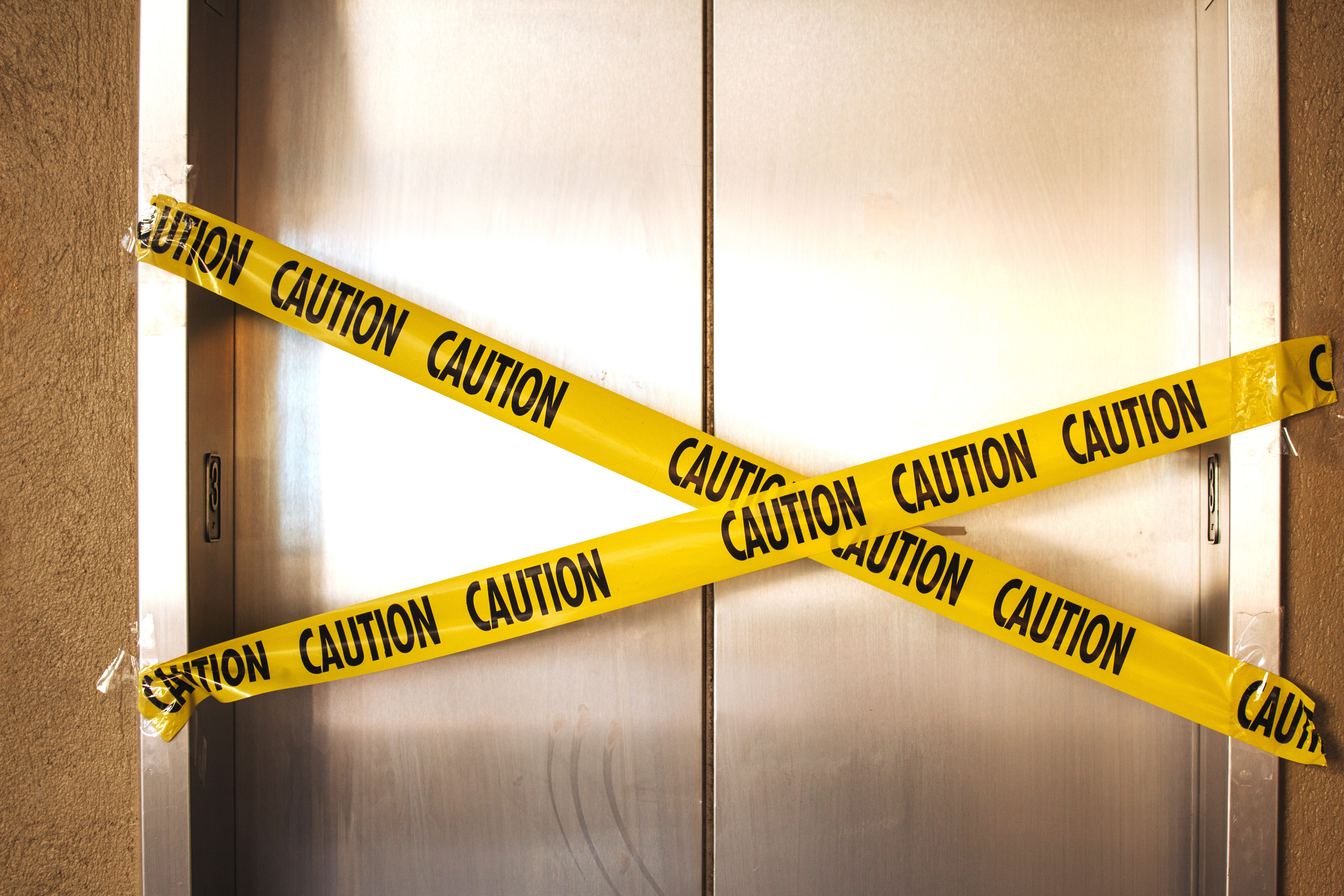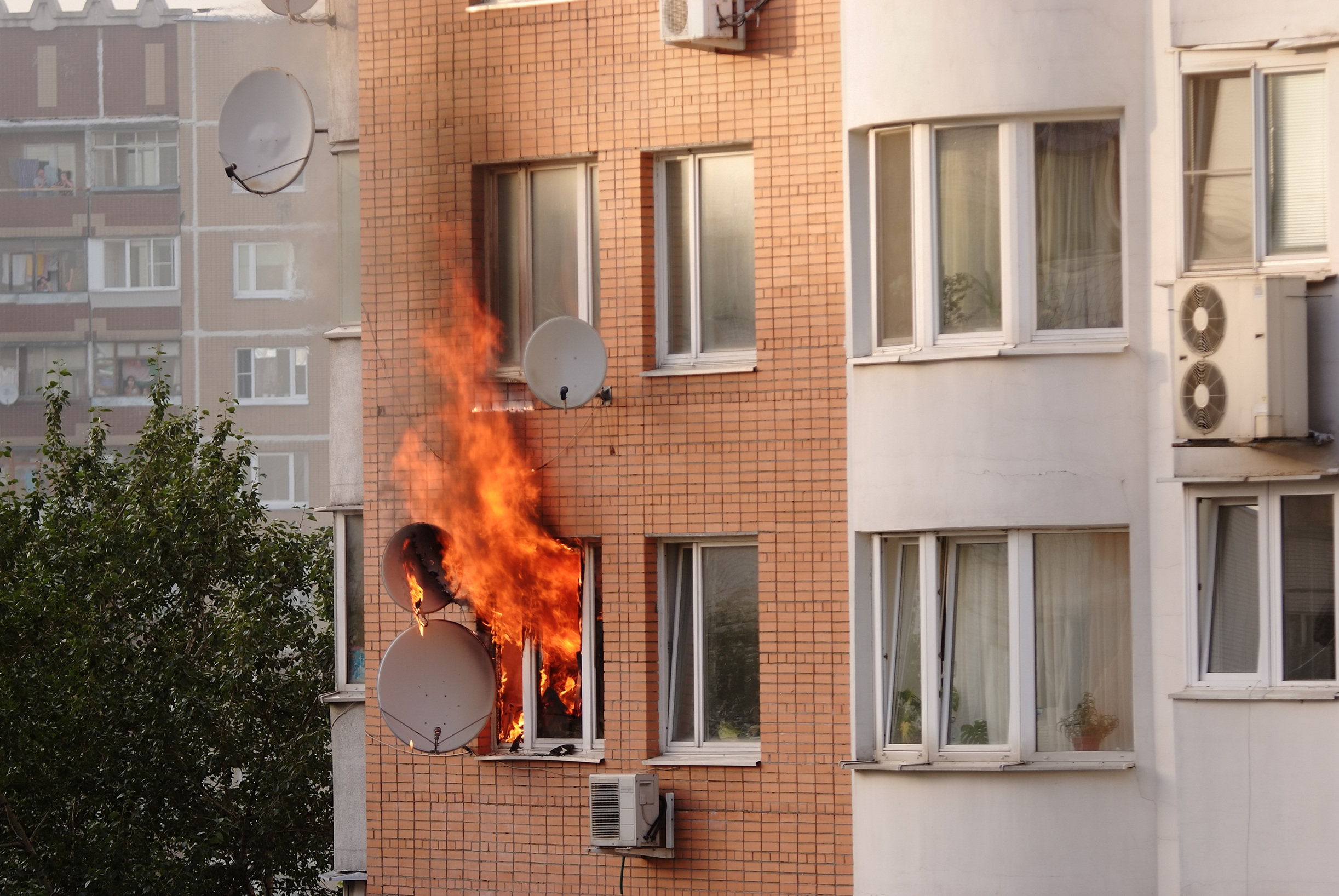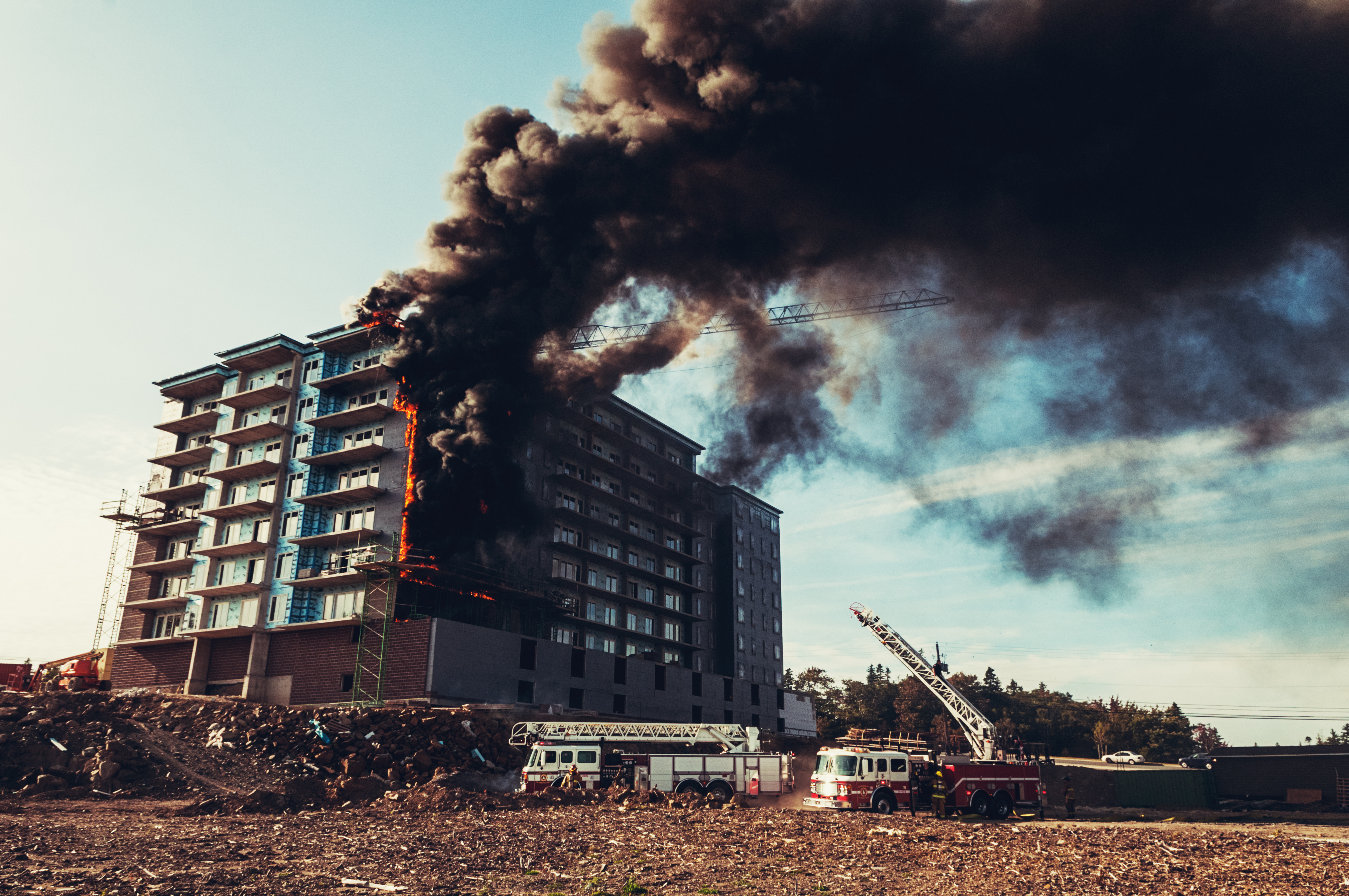Elevators are a common feature in multistory public and affordable housing properties, offering convenience and accessibility to residents. From transporting groceries to aiding those with mobility restrictions, elevators have seamlessly integrated into our daily lives.
Elevators in the U.S. alone make 18 billion passenger trips annually. However, with their widespread use comes the responsibility to ensure safety and compliance with regulations.
The National Elevator Industry Inc. reports that approximately 10,000 people are injured in elevators each year. The U.S. Consumer Product Safety Commission recalled more than 100,000 residential elevators in 2021-2022, citing in part the need to address an entrapment hazard. The report added that through 2020 and 2021, there were more than 19,000 emergency room-treated injuries in the U.S. due to residential elevators.
The evolution of elevators
While elevators may seem like a recent technological development, their origins date back to 236 B.C. In their earliest forms, they were simple systems powered by human or animal labor, facilitating vertical transportation in rudimentary structures. Over time, elevators evolved alongside technological advancements, eventually becoming the sophisticated machinery we rely on today.
There are two main types of elevators: passenger and freight. A passenger elevator’s primary use is to carry people. In contrast, a freight elevator hauls cargo, with only the operator and people to load and unload allowed to ride. Freight elevators may carry passengers if they comply with the ASME A17.1/CSA B44 safety code for elevators and escalators.
Passenger and freight elevators may have different inspection requirements based on size and weight restrictions (check with your local building department, which will define the inspection parameters).
The vertical space in which elevators travel is called a hoistway or shaft. The hoistway extends from the floor of the building to the roof. All building codes require that the elevator hoistway be a ventilated space.
Elevators are further classified by the means that drive them: traction or hydraulic.
- Traction elevators are the most common type of elevator, with an electric motor as a power source. This type of elevator employs a grooved traction drive sheave, which passes steel suspension cables or belts on a pulley system. Counterweights are attached to the car, ensuring the elevator cab rises or falls smoothly to the appropriate floor. The counterweights also offset the weight of the cab and occupants. The car and counterweights cannot pull into the overhead structure, provided proper traction ratios are present. Annual and periodic inspections per code requirements proactively ensure that your elevators will adequately function when used.
- Hydraulic elevators use a hydraulic jack employing liquid under pressure and a piston in the elevator pit. An electric motor pumps oil into the cylinder to move the piston vertically, raising the cab. Electric valves open and close to lower the cab to release the oil pressure for a smooth descent. The limiting factor of hydraulic elevators is the length of their piston, which has a reach of six floors or fewer. Hydraulic elevators tend to operate at slower speeds than other types of elevators.
Elevator inspection, compliance, and safety standards
With safety at the top of mind, the Occupational Safety & Health Administration (OSHA) requires elevators to be “thoroughly inspected at intervals not exceeding one year,” with “additional monthly inspections for satisfactory operation by designated persons.”
Essential inspection requirements you need to know:
- To receive permission for use, have your elevator inspected and certified. Elevators must conform to the ASME A17.3/CSA B44 Safety Code for Existing Elevators and Escalators and must be inspected at intervals not exceeding one year, with additional monthly inspections as needed.
- Regular inspections are required to check for wear or faulty construction that necessitates replacement parts and light to heavy repairs.
- Certificates of inspection must be on display within the elevator itself and filed within the building’s maintenance records.
- Inspection standards are primarily governed at the state level and overseen by federal offices such as OSHA. A certified elevator inspector must perform inspections.
- Inspections help prove due diligence on the building owner’s behalf to ensure the safety of passengers and comply with all local, state, and federal codes.
Compliance standards you need to know:
- Per Title III of the Americans with Disabilities Act, elevators are required in newly constructed multistory buildings with three or more stories or more than 3,000 square feet per floor.
- Call buttons must be raised from or flush with the faceplate (existing elevators are permitted to have recessed call buttons). The buttons must be at least .75 inches in diameter and 42 inches from the floor.
- The elevator door must remain open for at least three seconds.
- The space between the car platform and hoistway landing cannot exceed 1.25 inches.
- Elevator doors must be at least 36 inches wide. The car's dimensions must be at least 51 inches long by 68 inches wide, 3,468 square feet, depending on the layout, to provide adequate, unobstructed wheelchair-turning space.
- Braille must be located below or next to raised characters or symbols.
- The elevator must provide automatic verbal announcements of stops and non-verbal audible signals of passed floors and stops.
- ASME A17.1 code requires two-way emergency communication in elevator cars. A push button must activate this communication. Handsets and closed compartments are prohibited.
Additional safety measures you need to know:
- In the event of a safety defect, take the elevator out of operation. Never override safety devices.
- Do not exceed maximum load limits. These limits must be posted both inside and outside the car.
- Test size and stability to ensure that the weight requirements are maintained and made clear to potential passengers.
- Doors, gates, or other means of protection must be in place when the elevator is not at the landing to prevent residents or employees from falling into the shaft.
- Have information on file for the contractor who performs the repairs in case of emergency or regular maintenance.
Fire safety considerations:
- Share elevator details with your local fire department so they can pre-plan in case of an emergency.
- Alerting systems, fire alarms, recalls, and other components tied to the fire alarm system must be part of the regular inspection schedule for fire protection equipment.
- Have your local fire department pre-plan the elevator in case of an emergency.
- Show your local fire department the location of elevator access keys, how to open the doors, and what service company to contact if the elevator needs maintenance.
- Refer to the National Fire Protection Association 101 code to ensure existing and new equipment meets all necessary standards.
Bottom line: Collaboration is key
Ensuring elevator safety in residential buildings requires collaboration among stakeholders, including building owners, property managers, maintenance personnel, and regulatory authorities. Open communication and proactive measures are essential for maintaining compliance and effectively addressing safety concerns.
Elevators have revolutionized vertical transportation in residential buildings, offering unparalleled convenience and accessibility. However, their safe operation hinges on strict compliance with regulatory standards and diligent maintenance practices. By prioritizing safety and adhering to established protocols, residential communities can enjoy the benefits of elevators while minimizing risks to residents and visitors alike.
Contact a risk control consultant today to learn more about proactive inspection, compliance, and safety measures.
This article is for general information only. HAI Group makes no representation or warranty about the accuracy or applicability of this information for any particular use or circumstance. Your use of this information is at your own discretion and risk. HAI Group and any author or contributor identified herein assume no responsibility for your use of this information. You should consult with your attorney or subject matter advisor before adopting any risk management strategy or policy.







